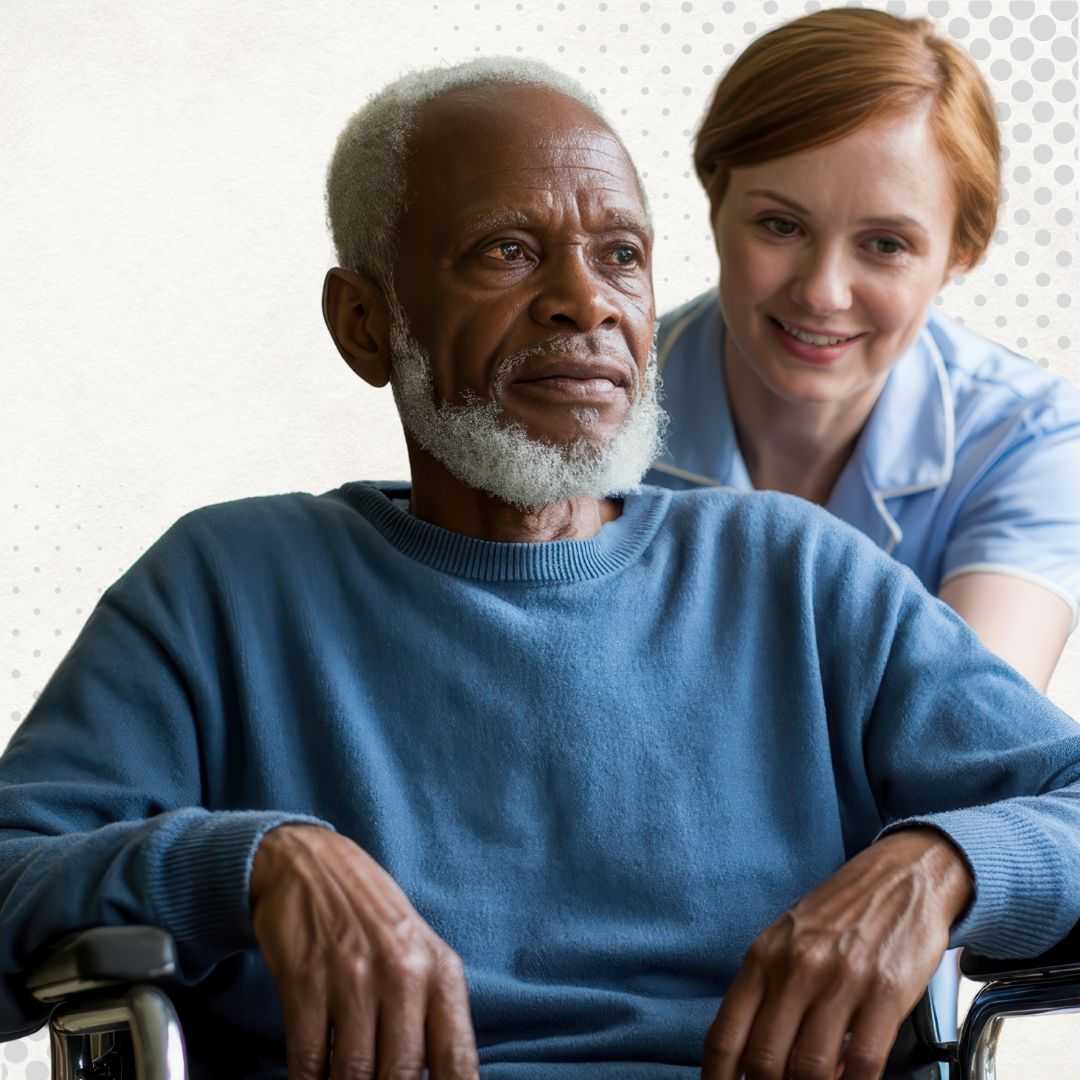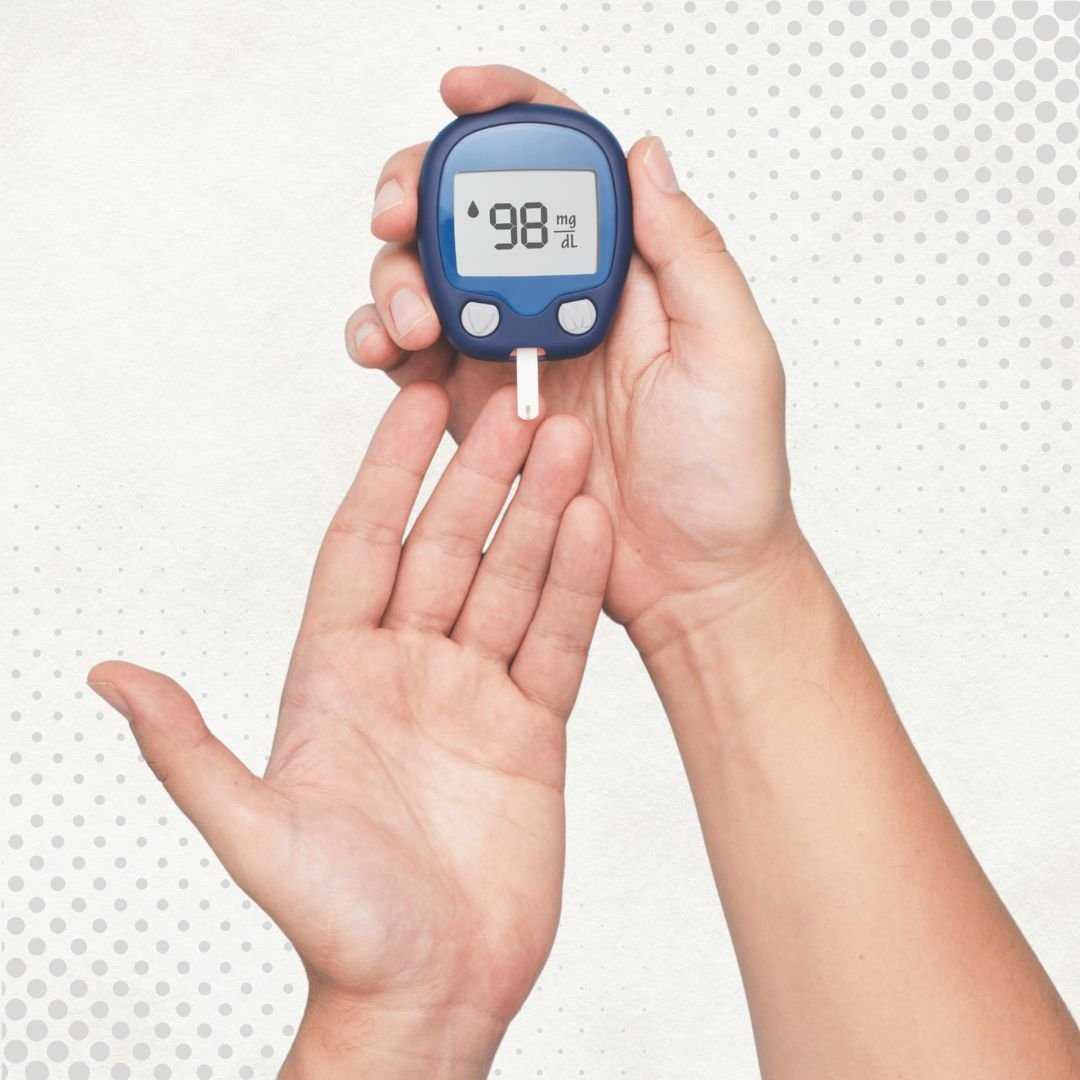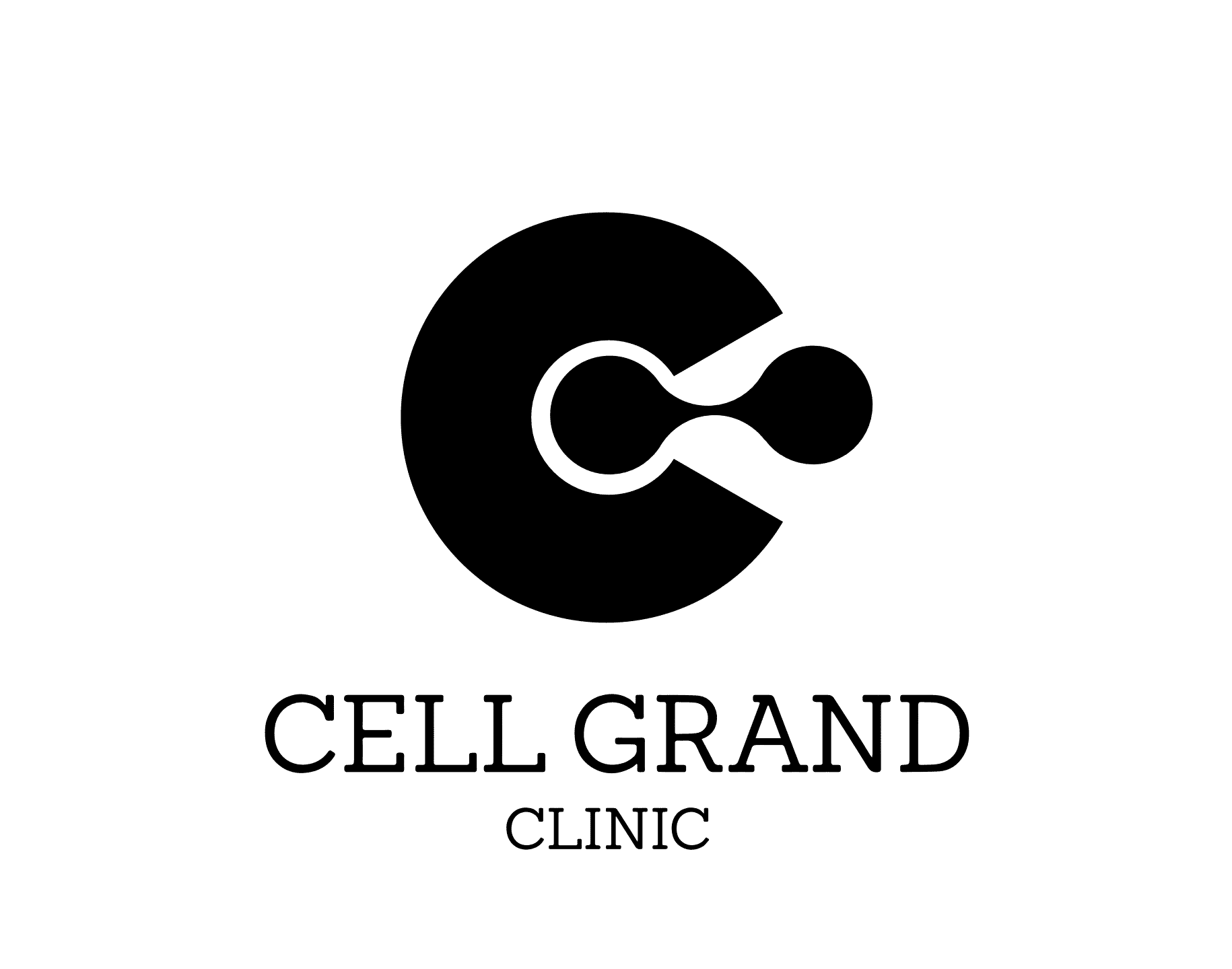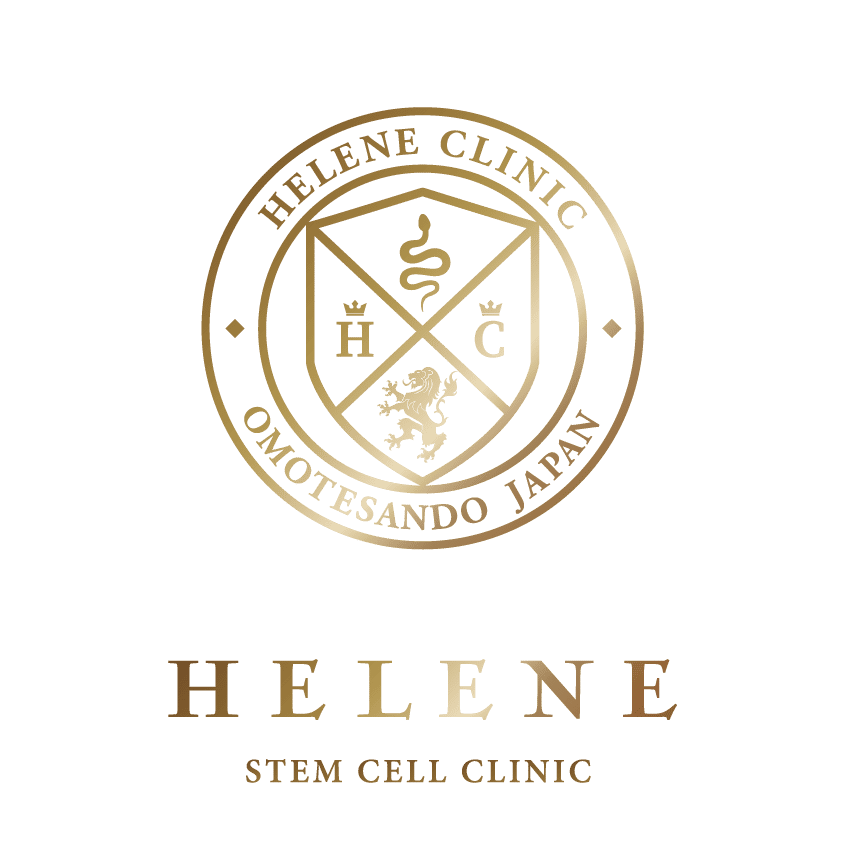.jpg)
South Korean patients suffering from chronic shoulder pain due to conditions like rotator cuff tears, osteoarthritis, or chronic tendinopathy are increasingly seeking specialized relief through shoulder pain stem cell therapy in Japan.
Japan is internationally recognized for its pioneering efforts in regenerative medicine, benefiting from a supportive regulatory framework that allows for the clinical use of advanced cellular protocols, often involving the expansion of autologous Mesenchymal Stem Cells (MSCs) derived from the patient's own bone marrow or fat tissue.
Key Takeaways
-
Regulatory Superiority: Japan's Act on the Safety of Regenerative Medicine (ASRM) offers arguably the safest, most regulated pathway for high-dose cultured stem cells (100M+ MSCs), setting a quality benchmark even higher than South Korea's K-FDA guidelines for specific regenerative applications.
-
Cost Comparison: Orthopedic stem cell packages in Japan typically cost $6,500 – $12,000 USD (approx. ?8,500,000 – ?16,000,000 KRW), which is comparable to, or slightly higher than, high-end private clinics in Seoul, but guarantees the high-potency, government-vetted protocol.
-
Target Conditions: The therapy is highly effective for reducing inflammation and promoting repair in common orthopedic issues like Rotator Cuff Tendinopathy and Shoulder Osteoarthritis.
-
Travel Ease: Direct flights from Seoul to Tokyo or Osaka take only 2–3 hours, making the two-visit protocol logistically simple for South Korean patients.
Why Japan? Comparing Regulatory Excellence
While both Japan and South Korea are world leaders in regenerative medicine, Japan’s legal framework allows for broader and higher-dose cell culturing for orthopedic treatment.
South Korea (K-FDA) is known for its stem cell research and commercialization, particularly in cosmetics and specific approved conditions. However, Japan's ASRM law (Act on the Safety of Regenerative Medicine) provides a regulated, fast-track system that allows clinics to use highly processed, expanded autologous stem cells outside of traditional clinical trials, provided they meet rigorous safety checks.
This means that for specific off-label treatments like advanced tissue regeneration for the shoulder, Japanese clinics can often provide a higher cell count (critical for cartilage and tendon healing) backed by strict government approval of the procedure plan.
Japanese vs. Korean Regulatory Focus
|
Feature |
Japan (ASRM) |
South Korea (K-FDA) |
|---|---|---|
|
Primary Regulatory Focus |
Procedure Safety, Lab Standards (CPC Licensing) |
Product Safety, Specific Disease Approval |
|
Cell Culturing (Expansion) |
Widely permitted under government-approved plans. |
Restricted; often limited to specific types/trials. |
|
Cell Source for Orthopedics |
Autologous Adipose (Fat) MSCs (High Dose) |
Autologous Bone Marrow Concentrate (Lower Dose) |
|
Ethical Framework |
Extremely strict; prioritizes patient safety and verifiable protocols. |
Strong, but clinical access can be narrower. |
Targeted Shoulder Conditions and Protocols
Stem cell therapy is designed to interrupt the cycle of chronic inflammation and degeneration that characterizes shoulder pain.
1. Rotator Cuff Tendinopathy and Partial Tears
Rotator cuff pain is often caused by chronic micro-tears or tendinitis. Stem cells help by releasing anti-inflammatory factors and differentiating into tendon-like cells.
-
Protocol: High-dose (100M+ cells) injection guided by ultrasound or fluoroscopy directly into the tear site.
2. Shoulder Osteoarthritis (Kwanjeolyeom)
For moderate cartilage degeneration, stem cells act as biological signaling agents.
-
Protocol: Intra-articular injection (into the joint space) to reduce destructive enzymes, decrease pain, and stimulate the production of new cartilage components.
3. Chronic Inflammation (Adhesive Capsulitis)
Stem cells modulate the chronic immune response that leads to inflammation and scar tissue formation, which contributes to "frozen shoulder."
The Japanese Treatment Process: A Two-Visit Plan
The high-quality treatment process usually requires two trips to Japan, leveraging advanced Cell Processing Centers (CPCs).
Visit 1: Harvesting (1-2 Days)
-
Consultation & Imaging: Doctor reviews MRI/X-rays (often accepted from Korean hospitals) and performs a physical exam.
-
Cell Collection: A minor mini-liposuction extracts a small amount of adipose (fat) tissue, usually from the abdomen. This is less painful than bone marrow aspiration.
-
Lab Phase (3-6 Weeks): The tissue is sent to a sterile, MHLW-licensed CPC where the Mesenchymal Stem Cells (MSCs) are isolated, purified, and expanded to therapeutic numbers (up to 100-300 million).
Visit 2: Injection (2-3 Days Later)
-
Treatment: The patient returns, and the highly potent cultured stem cells are injected into the affected shoulder joint.
-
Recovery: Minimal downtime. Patients usually rest for 24 hours and begin specific physiotherapy exercises.
Estimated Costs & Value Proposition
While treatment in Seoul or Busan may feel closer, the guarantee of cell quality and quantity in Japan justifies the price difference for many.
Although the cost of shoulder pain stem cell in Japan may be higher, patients see it as worthwhile due to Japan’s strict laboratory standards, validated cell-processing methods, and more predictable treatment outcomes.
Orthopedic Stem Cell Cost Comparison (USD)
|
Destination |
Procedure (Single Joint) |
Cost (USD) |
Cost (KRW) |
Note |
|---|---|---|---|---|
|
Japan (Cultured MSCs) |
Shoulder/Meniscus |
$6,500 – $12,000 |
?8.5M – ?16M |
High cell count, ASRM safety. |
|
South Korea (Private) |
Uncultured BMC/PRP (High-end) |
$5,000 – $10,000 |
?6.5M – ?13M |
Varies; limited cell expansion. |
|
USA (Non-FDA Approved) |
Same-Day Procedure |
$8,000 – $20,000+ |
?10.4M – ?26M+ |
High cost, low cell count. |
Did You Know?
Because of the intense rivalry and focus on medical technology, Japanese and South Korean doctors often collaborate on regenerative research, meaning patients benefit from shared Asian expertise in orthopedic techniques.
Travel and Cultural Logistics
1. Flights
-
Incheon (ICN) to Narita/Haneda (Tokyo): ~2 hours.
-
Gimhae (PUS) to Kansai (Osaka): ~1.5 hours.
2. Visa Requirements
South Korean citizens do not require a visa for short-term tourism or medical stays in Japan (up to 90 days), which is ideal for the two-visit protocol.
3. Communication
-
English is widely used in top Japanese medical tourism clinics.
-
Korean Interpreters: Due to high patient volumes from Korea, many clinics in Tokyo and Osaka offer dedicated Korean translation staff (often medical nurses or coordinators), providing comfort and precision in medical discussions.
Frequently Asked Questions (FAQ)
Is it safe to use my own fat cells for injection? Yes. Autologous (your own) adipose-derived stem cells are the safest source as they eliminate the risk of rejection or disease transmission. Japan's strict MHLW oversight further ensures sterile processing.
Can I start physical therapy immediately after the injection? No. Doctors advise resting the shoulder for a few days to allow the cells to settle. Light movement is encouraged, but strenuous exercise or heavy weight-lifting should be avoided for 4-6 weeks, followed by a guided rehabilitation program.
Will this prevent me from needing surgery? The goal of stem cell therapy is to regenerate the damaged tissue and avoid or delay the need for surgery (arthroscopy or joint replacement). Success is highest in partial tears or mild/moderate arthritis.
How long does the anti-inflammatory effect last? The initial pain reduction often occurs within 2-4 weeks due to the cells' anti-inflammatory properties. The full regenerative effect, which provides long-term stability and pain relief, builds over 6 to 12 months.
Ready to Explore Your Premium Regenerative Option?
PlacidWay bridges the distance between you and Japan’s elite stem cell clinics. We offer seamless coordination, transparent quotes, and linguistic support, ensuring your focus remains entirely on your recovery.
We assist with:
-
Clinic Selection: Vetting MHLW-approved clinics with expertise in Korean patients.
-
Logistics: Travel planning and ground transfers in Japan.
-
Direct Access: Connecting you with Korean-speaking coordinators.


.jpg)




.jpg)
.jpg)
.jpg)






Share this listing